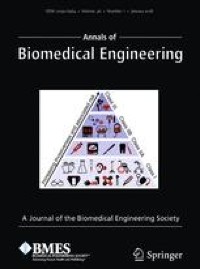Abstract
The mechanical function of the uterus is critical for a successful pregnancy. During gestation, uterine tissue grows and stretches to many times its size to accommodate the growing fetus, and it is hypothesized the magnitude of uterine tissue stretch triggers the onset of contractions. To establish rigorous mechanical testing protocols for the human uterus in hopes of predicting tissue stretch during pregnancy, this study measures the anisotropic mechanical properties of the human uterus using optical coherence tomography (OCT), instrumented spherical indentation, and video extensometry. In this work, we perform spherical indentation and digital image correlation to obtain the tissue's force and deformation response to a ramp-hold loading regimen. We translate previously reported fiber architecture, measured via optical coherence tomography, into a constitutive fiber composite material model to describe the equilibrium material behavior during indentation. We u se an inverse finite element method integrated with a genetic algorithm (GA) to fit the material model to our experimental data. We report the mechanical properties of human uterine specimens taken across different anatomical locations and layers from one non-pregnant (NP) and one pregnant (PG) patient; both patients had pathological uterine tissue. Compared to NP uterine tissue, PG tissue has a more dispersed fiber distribution and equivalent stiffness material parameters. In both PG and NP uterine tissue, the mechanical properties differ significantly between anatomical locations.



No comments:
Post a Comment